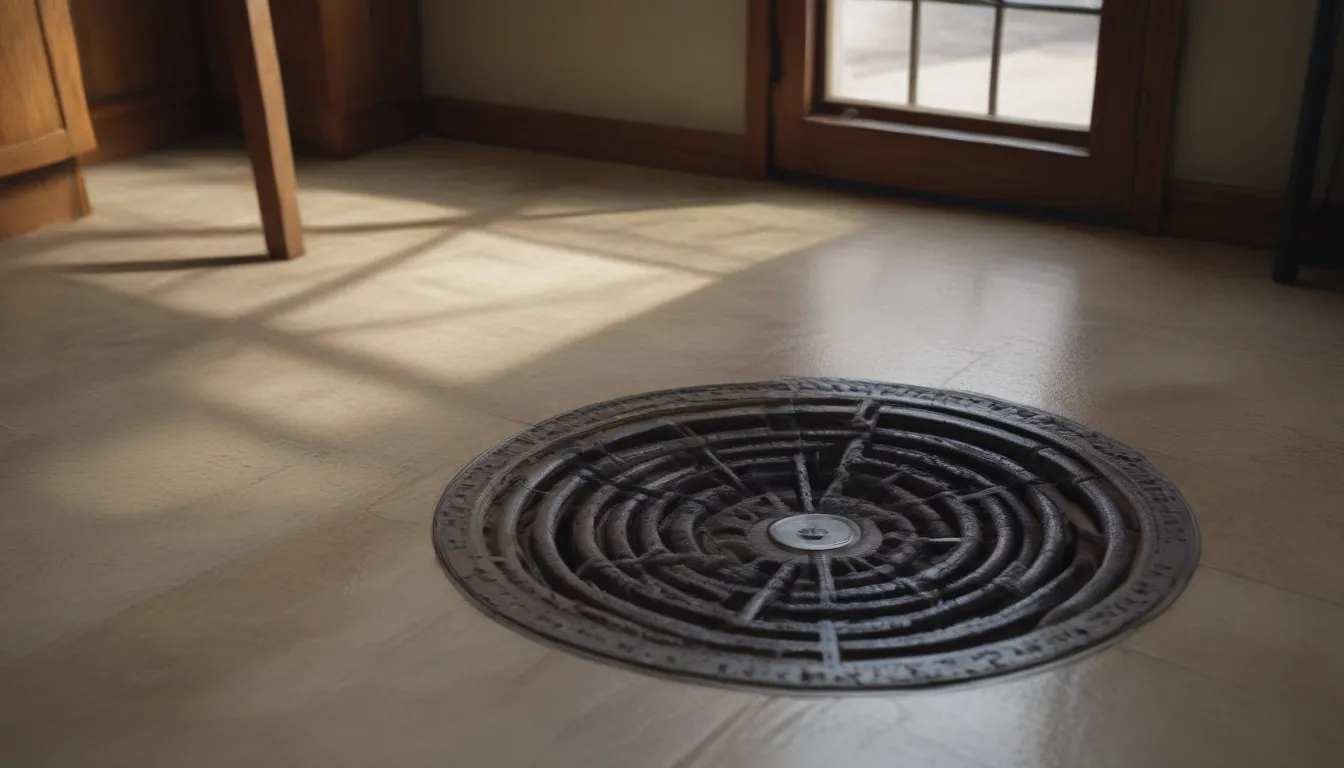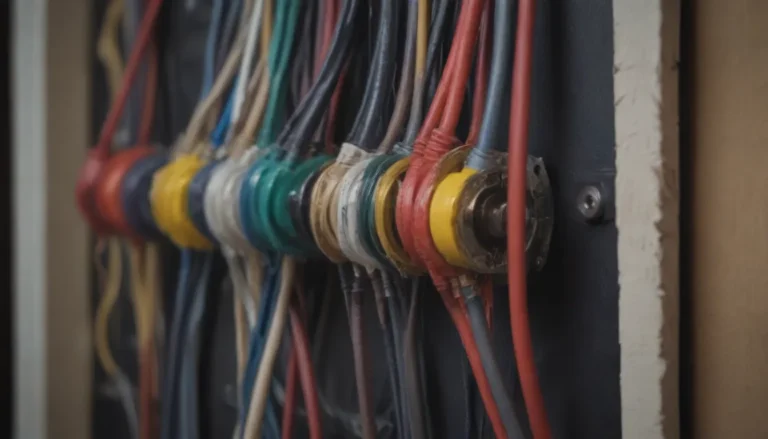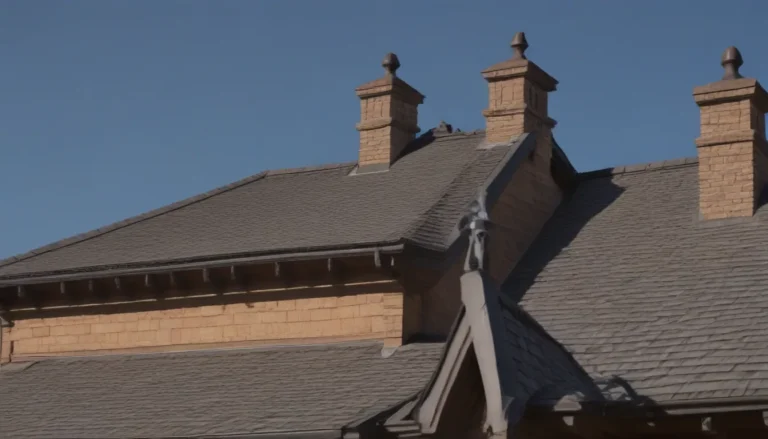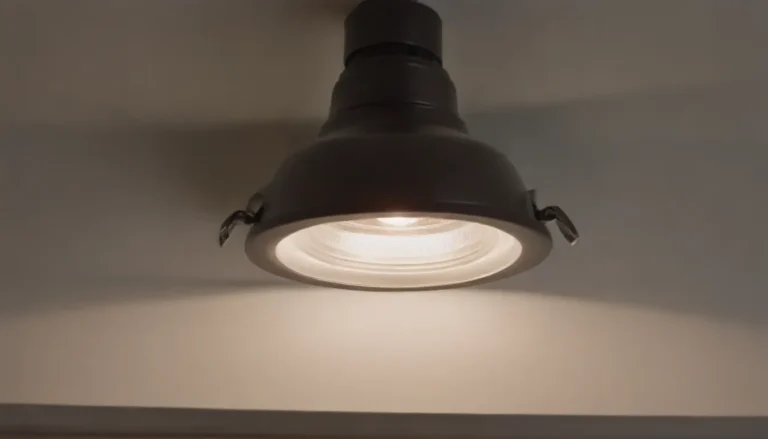The Ultimate Guide to Understanding Your Basement Floor Drain

If you’re considering turning your basement into a functional living space, it’s essential to ensure it stays dry and free from flooding. One of the key elements in maintaining a dry basement is having a properly functioning floor drain. Basement floor drains play a crucial role in preventing water damage and moisture buildup in your basement. Let’s delve into what you need to know about basement floor drains to keep your basement safe and dry.
What Is a Basement Floor Drain?
A basement floor drain is typically installed in the concrete floor of your basement to facilitate the removal of water from the space. This drain is strategically placed at the lowest point of the basement to allow water to flow towards it. The floor is often sloped towards the drain to ensure water moves efficiently. In most cases, the floor is covered with a water-resistant material that aids in quick drying. Basement drains come equipped with a protective grill, a P-trap, and a cleanout to ensure proper drainage and maintenance.
How Does a Basement Floor Drain Work?
Basement floor drains operate on a gravity-based system, where water naturally flows towards the drain due to its lower position. The water exits the drain through a pipe and is directed either into the sewer system or a sump pump collection pit, where it is pumped out of the house. This mechanism helps prevent water accumulation and potential flooding in your basement.
Types of Basement Floor Drains
There are several types of basement floor drains to choose from, depending on your specific needs and basement layout:
– French drain
– Curtain drain
– Standard floor drain
– Channel or trench drain
– Interior drain with sump pit and pump
– Exterior perimeter drain
Each type of drain serves a different purpose and may be more suitable for certain basement configurations over others.
Choosing the Right Basement Floor Drain
When selecting a basement floor drain, consider your basement’s unique characteristics and the source of water infiltration. Factors such as the material of your basement floor and the direction water enters the space will determine the most suitable drain for your needs. Keep in mind that installing a basement floor drain may require excavation, especially in concrete floors. Additionally, you may need to install a sump pump to divert water outside effectively.
The Importance of a Basement Floor Drain
Having a functioning basement floor drain is crucial for several reasons:
– Meets building codes for new construction
– Prevents basement flooding
– Serves as a central collection point for leaks
– Prevents moisture buildup in the basement
– Avoids costly water damage repairs
Basements are susceptible to water intrusion from various sources, making a basement drain essential for maintaining a dry and safe environment.
Addressing Smelly or Clogged Basement Drains
A smelly or clogged basement drain can be a nuisance, but here’s how you can address these issues:
– Smelly Basement Drain: Replenish the trap with water to block sewer gases from entering your home.
– Clogged Basement Drain: Use a plunger, baking soda and vinegar mixture, or snake the drain to remove any blockages and ensure proper drainage.
Regular maintenance of your basement floor drain can help prevent unpleasant odors and clogs, ensuring efficient water flow and drainage.
In conclusion, understanding the importance of a basement floor drain and how it functions can help you maintain a dry and safe basement environment. By choosing the right drain type and addressing any issues promptly, you can prevent flooding and water damage, ensuring your basement remains a functional and enjoyable space. Don’t overlook the significance of a basement floor drain in safeguarding your home against water intrusion and moisture-related issues.





